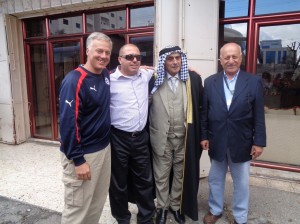 We spent much of today in the Palestinian-controlled areas of Hebron and Bethlehem in order to visit the Tomb of the Patriarchs, which is now a massive Muslim mosque, and the Church of the Annunciation, the historical birthplace of our Lord. These are two places most tour groups to Israel never have a chance to even consider. But because our great guide, Anton, and our wonderful driver, Muhammad, are both Arab, we’re able to go back and forth through the checkpoints without any troubles at all.
We spent much of today in the Palestinian-controlled areas of Hebron and Bethlehem in order to visit the Tomb of the Patriarchs, which is now a massive Muslim mosque, and the Church of the Annunciation, the historical birthplace of our Lord. These are two places most tour groups to Israel never have a chance to even consider. But because our great guide, Anton, and our wonderful driver, Muhammad, are both Arab, we’re able to go back and forth through the checkpoints without any troubles at all.
The famed Cave at Machpelah where Abraham, Isaac, and Jacob are buried along with their wives and children, has proven to be a place of violence and turmoil through history, not a resting place of peace. Herod built massive walls around the cave to preserve it for Christian worshipers, Crusaders built a huge church inside and on top of those walls, which the Muslims in turn transformed into a mosque. There are large covered shrines inside the mosque which mark the tombs of the patriarchs, but not everybody can get to all of them. Muslims can access the tombs to Isaac and Rebecca, Jews can get to the tombs of Jacob and Leah, and everybody can see the tomb of Abraham. But it’s a mess. Muslims control 80-percent of the total building and the Jews have 20-percent. Ten days a year the Muslims can have 100-percent access and the Jews get a different ten days every year. So, it’s strange, really. This is not really a place of worship at all, but a place to exert power and control, a place to remind everyone who’s in charge — who are the winners and losers — and who’s running this thing. And it’s not God. Our God is not like this; our Lord is not interested in this. There were lots of people praying around us the whole time we were there this morning, but it doesn’t feel like a place of worship at all. There’s tension there. No peace. But it is where the father of our faith is buried. And so we put on the robes and scarves and took off our shoes to see it.
We also saw the expert pottery and glass artisans in Hebron at their workshops. We also toured the impressive Herodian palace complex on top of the mountain just south of Jerusalem. We visited the Oak of Mamre where God told Abraham that he would have a son. We met Shipley Cando, the grandson of the shoemaker Cando who discovered the Dead Sea Scrolls in 1947, at his shop in Bethlehem and saw priceless antiquities of pottery and oil lamps and glass bottles that date from Abraham’s time in Israel to the time of our Lord and through the Roman periods. Bill Humble and this Cando family have been dear friends for 50 years and today was the first time Shipley had ever met Bill’s daughter, Becky, who’s on our trip. Needless to say, the meeting was emotional and we were all blessed to experience it with them.
The last thing we did today was visit the Church of Annunciation in Bethlehem, the historical site of the birth of Christ Jesus. Like the Church of the Holy Sepulchre, Jesus may not have been birthed by Mary on the exact spot of stone marked by the silver star inside the shrine of this church, but you can bet it happened somewhere inside the walls. There’s too much history and it goes back too far to be wrong. Emperor Hadrian tore down a Christian shrine to the birth of Jesus on this spot less than ninety years after the resurrection in a vain attempt to kill Christianity and replaced it with a temple to Venus. Constantine tore down that temple in 325 AD to build the Christian church over the spot. And today it is the only Christian church built by Constantine that was never destroyed. Most of this building, inside and out, top to bottom, dates from the early 4th century and can be confidently classified as the legitimate historical site of the birth of Jesus.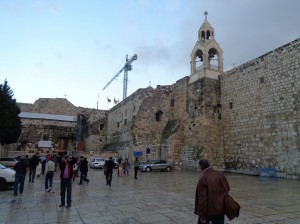
And it was good today to be in that spot. To imagine belonging to the community of Christians — those first two or three generations — who had gathered there over the years to worship and pray. It was good to remember that, as a follower of Jesus, I belong to something so much bigger than me, so much older than my church denomination, so much more meaningful than Christianity in my country or my tribe or my family. It is eternal. It is truth. Our God chose to enter into an intimate relationship with us, to come to this earth in the form of a vulnerable baby boy, to live with us, to work with us, to eat and drink with us, to suffer with us, and to bear our sins for us. God chose to do that for us. And he chose to do it right here in this specific square block of Bethlehem. In the fourth century, Jerome and Cyril of Jerusalem wrote that this place was a wooded forest. Today it’s covered by a 1,700 year old church. And today we were there.
I pray things are going well in Amarillo, Texas. I’m really starting to miss home. But I’m really glad that I’m here.
Shalom,
Allan
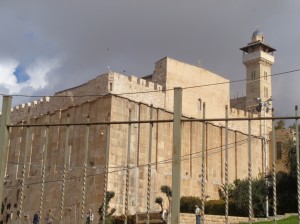
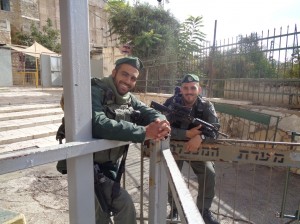
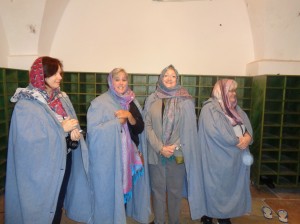
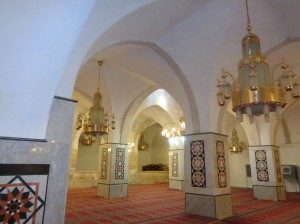
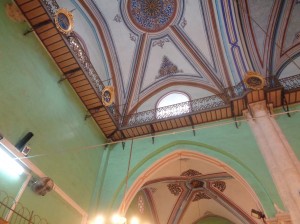
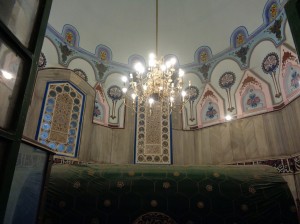
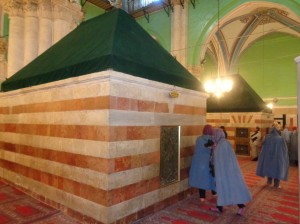
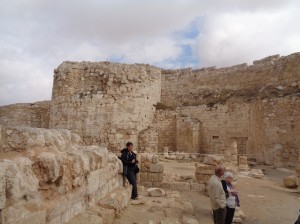
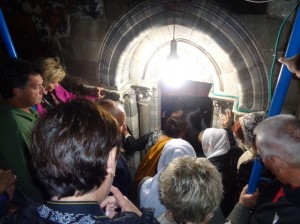
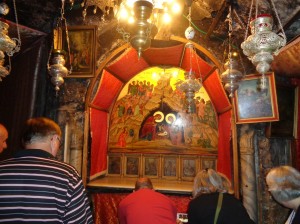
Leave a Reply